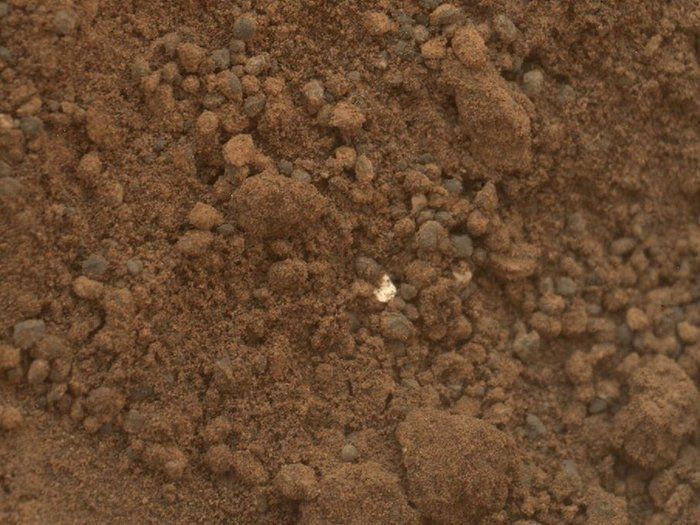Mars On Earth? NASA, ESA Plan Bringing Red Planet Rocks Home

NASA and the European Space Agency, aka ESA, have signed a statement of intent in order to explore ways to undertake an ambitious joint project — one under which Martian rocks can be gathered and brought back to Earth.
Astronomers have witnessed signs of water on Mars and believe sometime in the distant past the planet may have hosted necessary conditions to support life. But, in order to prove this possibility and better understand our neighboring planet, comprehensive studies of Martian rocks are needed.
Current Mars missions like the Curiosity Rover are doing a pretty good job at analyzing surface samples, but they can neither conduct lab-grade chemical and organic analysis nor scientists can verify the outcomes of those basic experiments.
Prompted by these limitations, NASA and ESA agreed to work in conjunction with each other and signed the statement outlining the potential roles each of them could play in retrieving Martian rock samples.
“There is no question that for a planetary scientist, the chance to bring pristine, carefully chosen samples of the Red Planet back to Earth for examination using the best facilities is a mouth-watering prospect,” David Parker, ESA’s director of human and robotic exploration, said in a statement. “Reconstructing the history of Mars and answering questions of its past are only two areas of discovery that will be dramatically advanced by such a mission.”
The ambitious mission can improve our understanding of Mars, but that won’t be any task to accomplish. According to ESA, the project would require at least three separate missions and a rocket launch from the red planet.
First NASA’s 2020 Mars rover will collect surface samples in as many as 31 pen-sized canisters. The rover will prepare the canisters and leave them on the Martian surface for pickup by a small rover launched from Earth as part of the second mission. This robotic vehicle will then deliver the canisters to a Mars Ascent Vehicle or rocket that would launch a football-sized container into space.
Finally, a spacecraft will be launched from Earth to rendezvous with the Mars-orbiting container to collect and place it in an Earth entry vehicle before heading back. Once the vehicle enters our atmosphere and lands on the ground, the samples will be retrieved and stored for detailed lab-based studies.
Though the mission is still at a nascent stage and NASA, ESA will have to iron out a number of details before moving anywhere ahead, it won't be wrong to say that the project would be a high-risk one involving several technological challenges and failure possibilities.
“A Mars sample return mission is a tantalizing but achievable vision that lies at the intersection of many good reasons to explore space," Parker added.
The agencies are currently conducting mission studies and will present more details next year to decide if continuing these missions would be feasible or not.
© Copyright IBTimes 2024. All rights reserved.





















